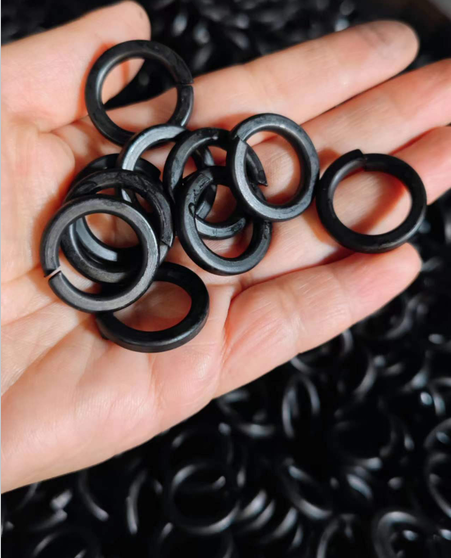drywall screw tip for drill
Understanding Drywall Screw Tips for Drilling A Comprehensive Guide
When it comes to drywall installation, the efficiency and ease of the process often hinge on the proper selection and use of tools. One of the most essential tools in this toolkit is the drywall screw and its corresponding drill tip. In this article, we will explore the different types of drywall screw tips available for drills, their purposes, and how to choose the right one for your project.
The Importance of Screw Tips
Drywall screw tips, commonly found on screws used for drywall installations, play a critical role in ensuring a smooth and secure fit. These screws are designed to securely fasten drywall sheets to wooden or metal studs. However, to achieve the best results, you need the right screw tip to streamline the process. The tip of a drywall screw is specially designed to penetrate the drywall without tearing or damaging the material, preventing the need for excessive force or multiple attempts.
Types of Drywall Screw Tips
1. Sharp Point Tips Sharp point tips are the most common type used in drywall screws. They feature a pointed end designed to make initial penetration into the drywall easier. This type of tip is ideal for standard drywall installations, where a clean entry with minimal effort is necessary. Sharp point tips can also be used in various other materials, making them versatile for different projects.
2. Self-Drilling Tips Self-drilling screw tips, also known as self-tapping screws, eliminate the need for pre-drilling in many applications. They come equipped with a drill bit-like point that allows them to create their own pilot hole as they are driven in. This feature can greatly speed up the installation process, especially for thicker drywall or when working with metal studs. However, it's essential to ensure that the screws are specifically designed for drywall to avoid cracking or damaging the material.
3. Bugle Head Tips Bugle head screws feature a unique head design that allows for a flush finish against the drywall surface. This is particularly important when preparing for painting or finishing, as it reduces the risk of visible screw holes. Choosing a screw with a bugle head can enhance the overall appearance of your completed project while also reducing the likelihood of tearing the drywall paper.
4. Trim Head Tips Trim head screws are designed with a smaller head and work best for applications where a less noticeable finish is desired. They provide a clean look while still ensuring a secure fit. These screws are ideal for hanging drywall panels in visible areas, allowing for a minimal aesthetic impact.
Choosing the Right Drywall Screw Tip
drywall screw tip for drill

Selecting the correct drywall screw tip depends on several factors, including the type of drywall you're using, the framing material, and your project requirements
. Here are some key considerations- Material If you're fastening drywall to metal studs, self-drilling tips are often the best choice. For mounting to wooden studs, sharp point tips can suffice. - Panel Thickness For thicker panels, consider using self-drilling screws, as they simplify the installation process by removing the need for pilot holes.
- Finish Preference If you plan to finish the surface with paint or texture, choose screws with bugle heads to ensure a smooth, flush surface.
Installation Tips
Once you have selected the appropriate screw tips, proper installation techniques will contribute to the overall success of your drywall project. Here are helpful tips for installation
- Use a Power Drill A power drill with adjustable settings can significantly ease the installation process. Set the clutch to avoid overdriving, which can tear the drywall.
- Maintain Angle Hold the drill at a 90-degree angle to ensure straightforward penetration and avoid damaging the board.
- Don’t Overdrive Be cautious not to drive the screw too deep, which can cause the head to disappear below the surface and necessitate additional finishing work.
Conclusion
Selecting the right drywall screw tip is crucial for efficient installation and achieving a professional finish. Whether you choose sharp point, self-drilling, bugle head, or trim head screws, understanding their specific applications can enhance the success of your drywall project. By applying the proper techniques and tools, you can achieve a smooth and aesthetically pleasing installation that stands the test of time.
-
Top Choices for Plasterboard FixingNewsDec.26,2024
-
The Versatility of Specialty WashersNewsDec.26,2024
-
Secure Your ProjectsNewsDec.26,2024
-
Essential Screws for Chipboard Flooring ProjectsNewsDec.26,2024
-
Choosing the Right Drywall ScrewsNewsDec.26,2024
-
Black Phosphate Screws for Superior PerformanceNewsDec.26,2024
-
The Versatile Choice of Nylon Flat Washers for Your NeedsNewsDec.18,2024










